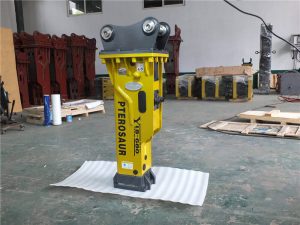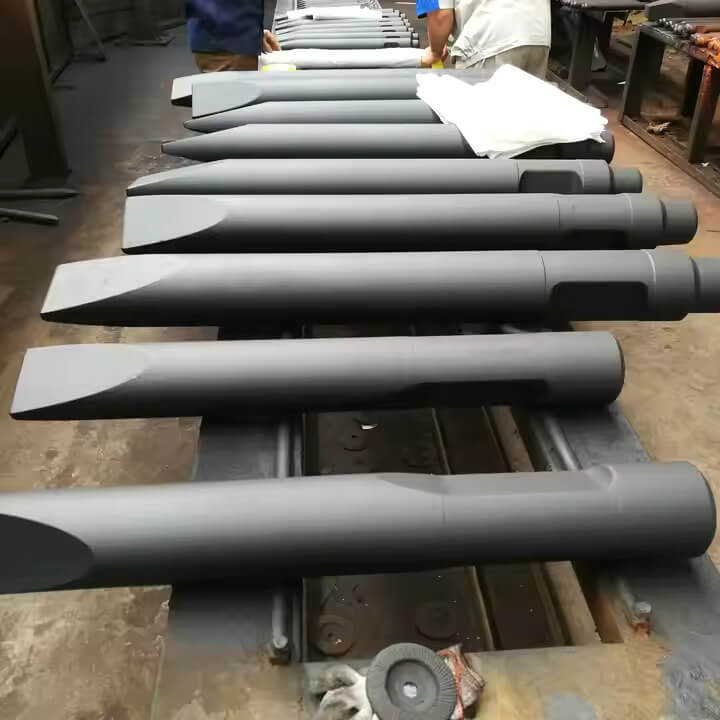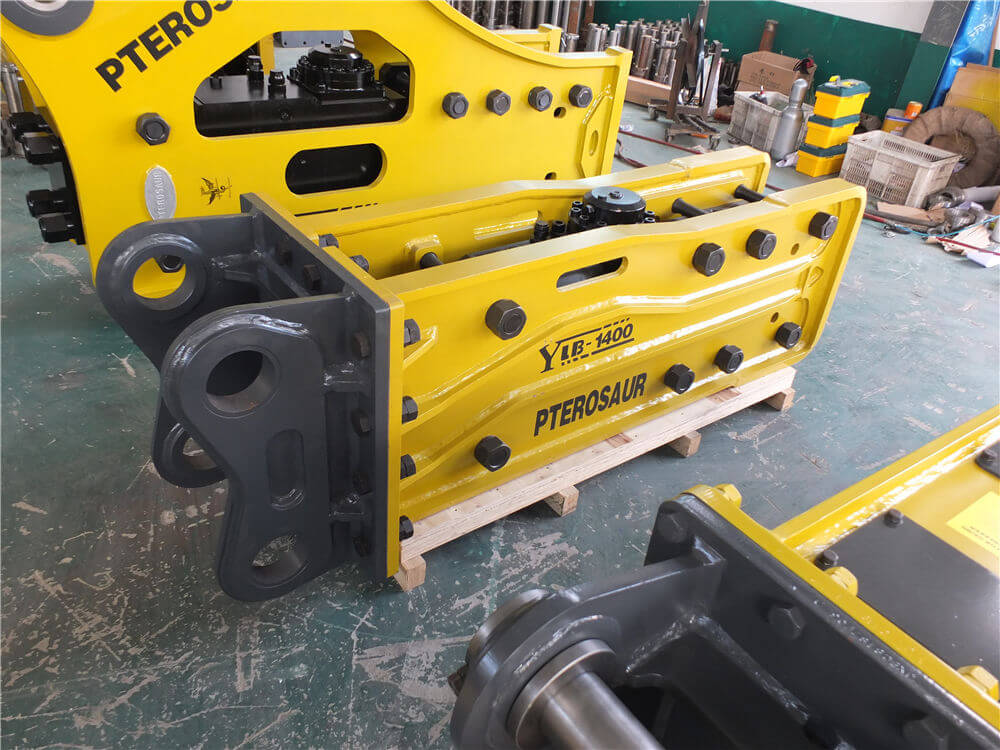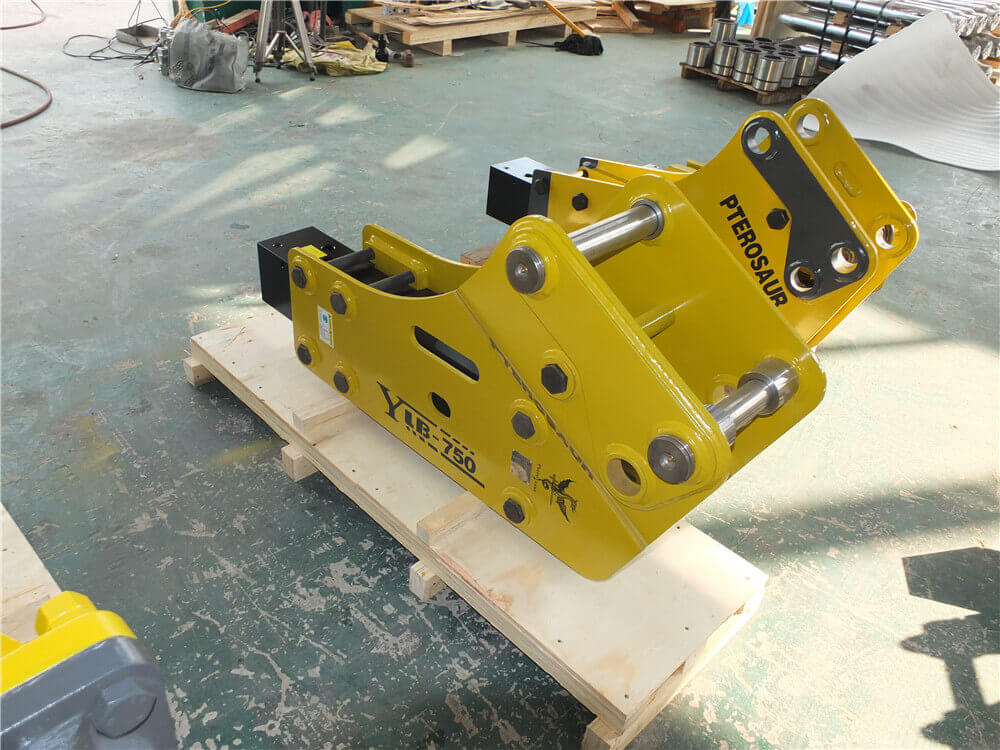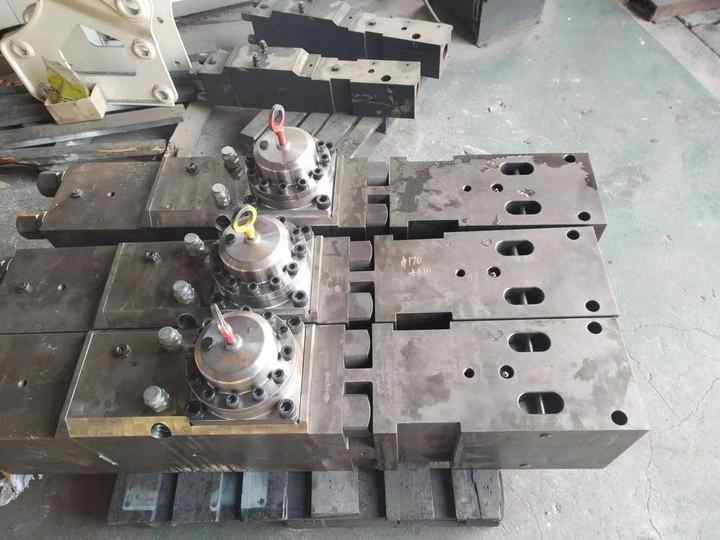Understanding Hydraulic Breakers: The Essential Tool for Excavation and Demolition
Hydraulic breakers, commonly referred to as hydraulic hammers or peckers, are powerful excavator attachments specifically designed for demolishing concrete structures, asphalt, or rock materials. These heavy mechanical devices play an integral role in construction and demolition projects, allowing for efficient and effective material breakdown.
What is a Hydraulic Breaker and How Does It Work?
A hydraulic breaker is a tool that utilizes hydraulic force to deliver high-impact energy onto hard surfaces. It operates by converting hydraulic pressure from the excavator into a rapid hammering action, enabling it to break through tough materials like concrete and stone. This functionality makes hydraulic breakers indispensable in road construction, building demolition, and various excavation tasks.
Key Features and Benefits
-
Versatility: Hydraulic breakers can be adapted to various excavator sizes, catering to machines as small as 1-ton to larger models weighing up to 15 tons. This adaptability makes them suitable for a wide range of applications, from small residential projects to large-scale commercial demolition.
-
Easy Installation: The design of hydraulic breakers allows for straightforward attachment to excavators. This ease of installation means that operators can switch between using the excavator for standard digging tasks and using the breaker for demolition within a matter of minutes.
-
Efficiency: Unlike traditional methods of demolition that may require manual labor or additional machinery, hydraulic breakers significantly speed up the process. They can break through large areas of concrete or road surfaces quickly, reducing labor costs and project timelines.
-
Reduced Vibration: Modern hydraulic breakers are designed to minimize hand-arm vibration, making them safer and more comfortable for operators. This technology not only enhances user experience but also complies with safety regulations.
Types of Hydraulic Breakers
Hydraulic breakers come in various models and configurations to suit different excavator sizes and project requirements. For instance, the Piikki GA050 is tailored for 10 to 15-ton excavators, while smaller models are available for 1-ton or 1.5-ton diggers. Each model is designed to handle specific tasks effectively, ensuring that users can select the right tool for their needs.
Maintenance and Care
Regular maintenance is essential for the longevity and performance of hydraulic breakers. Operators should routinely check the hydraulic oil levels, inspect for wear and tear, and ensure that the tool is properly lubricated. By adhering to a maintenance schedule, users can prevent costly repairs and extend the life of their hydraulic breakers.
Importance of Nitrogen Charging
One vital aspect of hydraulic breaker operation is the nitrogen charging of the accumulator. Nitrogen plays a crucial role in maintaining the efficiency and effectiveness of the hydraulic breaker by helping to absorb shock and improve the overall performance of the tool. Properly charged nitrogen ensures optimal function, especially during continuous use.
Conclusion
Hydraulic breakers are powerful, efficient, and versatile tools that have transformed the way demolition and excavation tasks are performed. Their ability to quickly break down concrete and rock, combined with ease of use and reduced operator fatigue, makes them a preferred choice in the construction industry. Whether for small renovations or large-scale projects, investing in a hydraulic breaker can significantly enhance productivity and ensure successful outcomes.

